Will Burrard-Lucas; a photographer photographs the black leopard in Africa for the first time in 100 years. He was never happy in his life when crossed path with a Black Cat. Well, in reality, his camera actually crossed paths with the Black Leopard. Will has been a full-time wildlife photographer since back in 2010. Back in 2013, Will actually started his own company by the name of “Camtraptions Ltd.”. The company features will’s own inventions to help other professional photographers in their wildlife photography experiences.
All of his hard work related to creating craft photography products has finally paid off in one of his recent photoshoots.
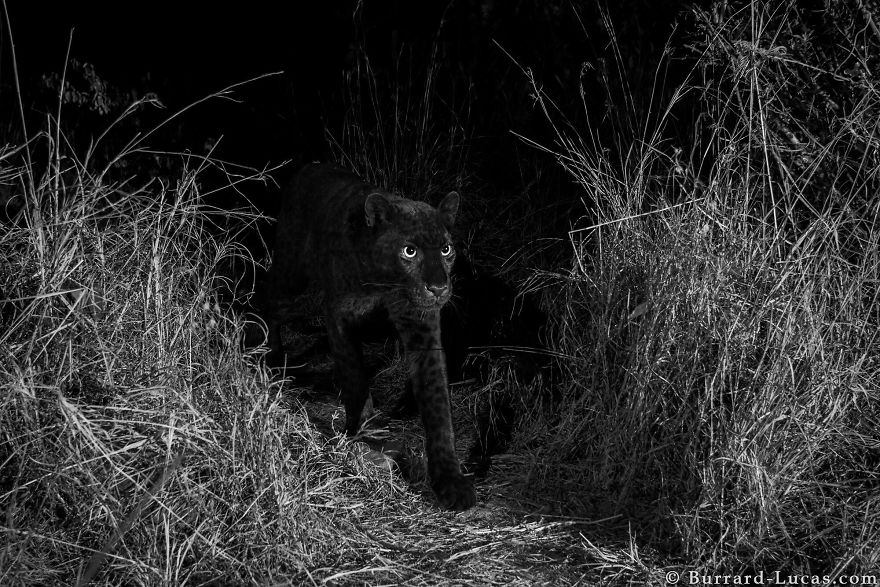
Back on the 11th February of 2011, Will was in Laikipia, Kenya. There he managed to capture a series of high-quality camera trap photographs of a nearly extinct melanistic leopard which is also most commonly known as the “Black Leopard”. Since 1909, this has been the first time that this animal has been photographed in Africa.
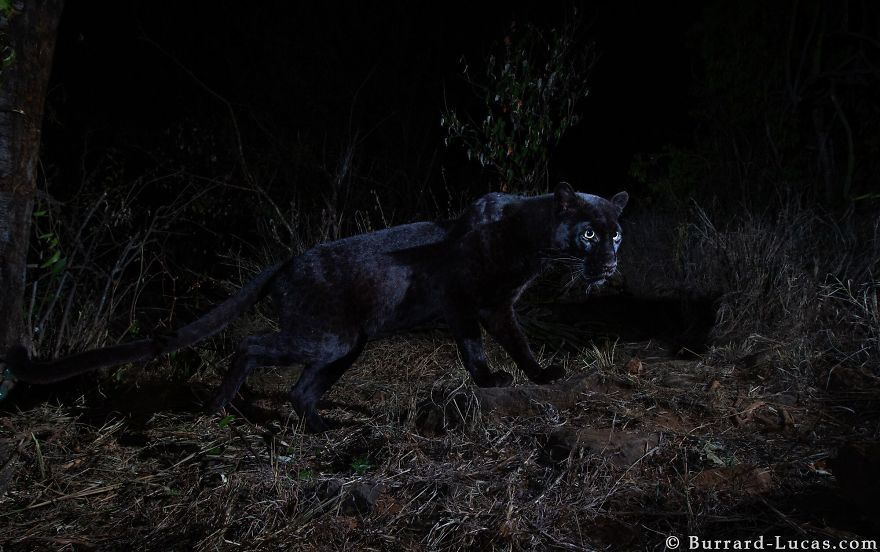

A rare skin condition called ‘melanism’ turn the fur coat of the female leopard to Black color. Melanism is a gene mutation that results in the overproduction of a certain pigment. It is a direct opposite of another skin condition called ‘Albinism’. Although, the Black Leopard is seen donning out Black fur coat in the broad daylight, at night, however, viewers can actually see the rosette patterns under the infrared imagery.
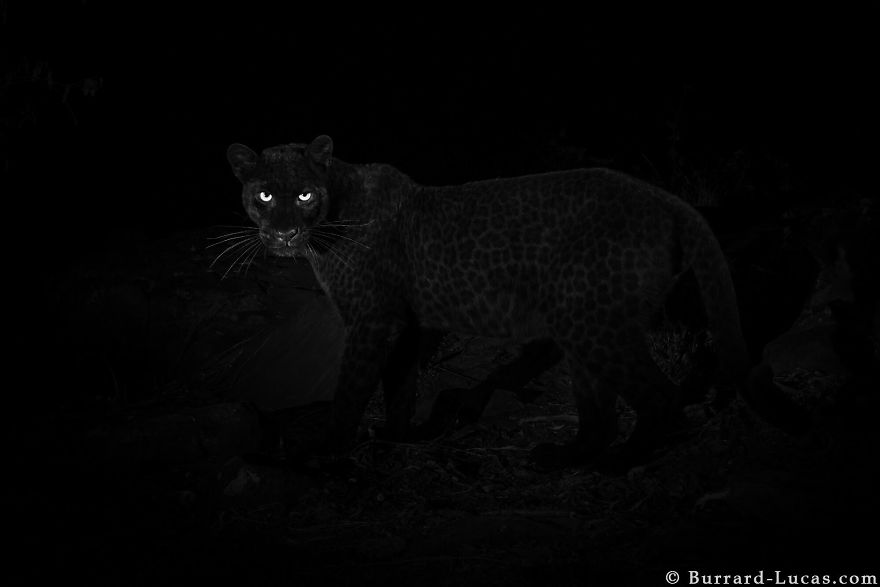
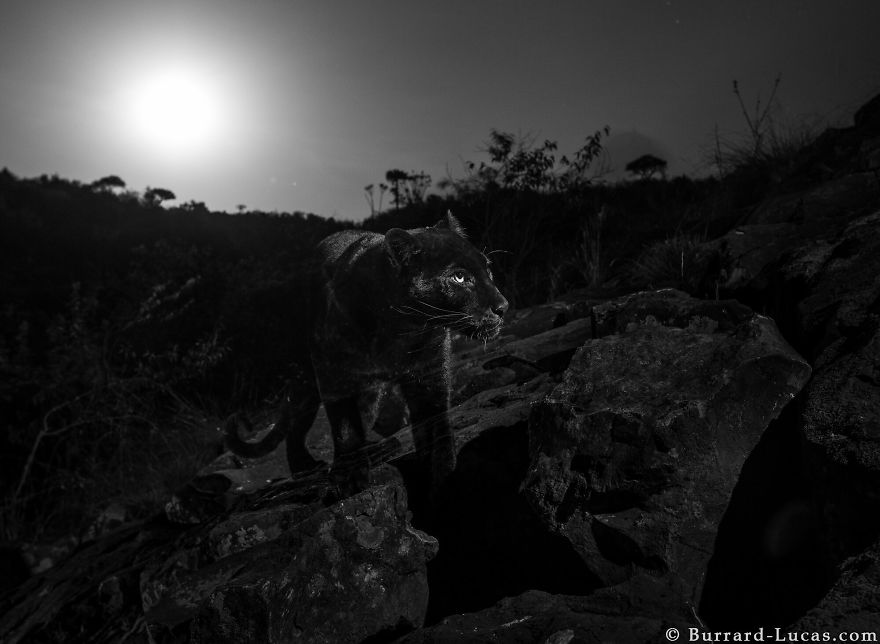
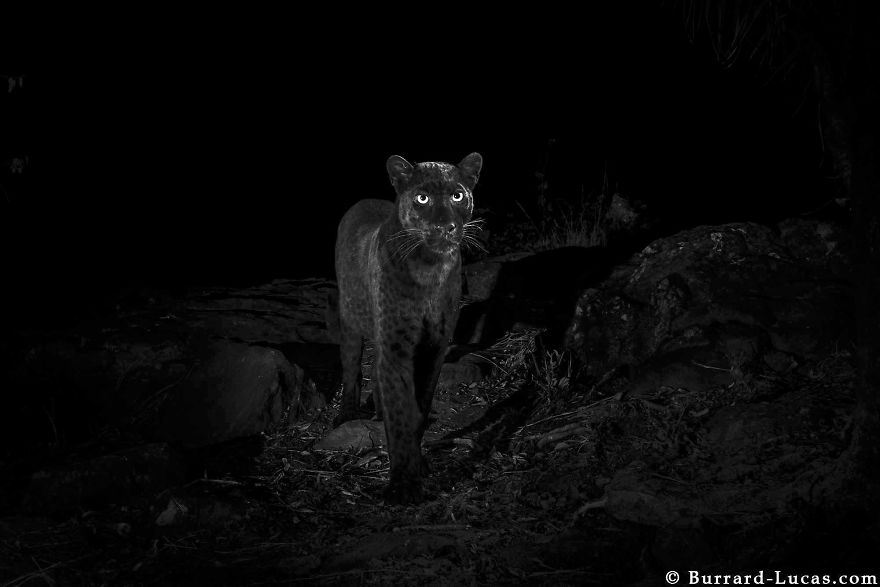
Burrard-Lucas told media, “these images were captured at the Laikipia Wilderness Camp in Kenya using a self-made Camptraptions camera traps handcrafted by myself. Each of these trap cameras is made of a Camptraptions monitor sensor. These sensors are triggered by a high-quality DSLR or a mirrorless camera along with its two or three flashes. In order for me to photograph elusive and near extrinsic animals, I have to set up these cameras for days and sometimes weeks on game paths. My technique allows me to set up the Studio like lighting which helps me to photograph striking images of these animals at night.”
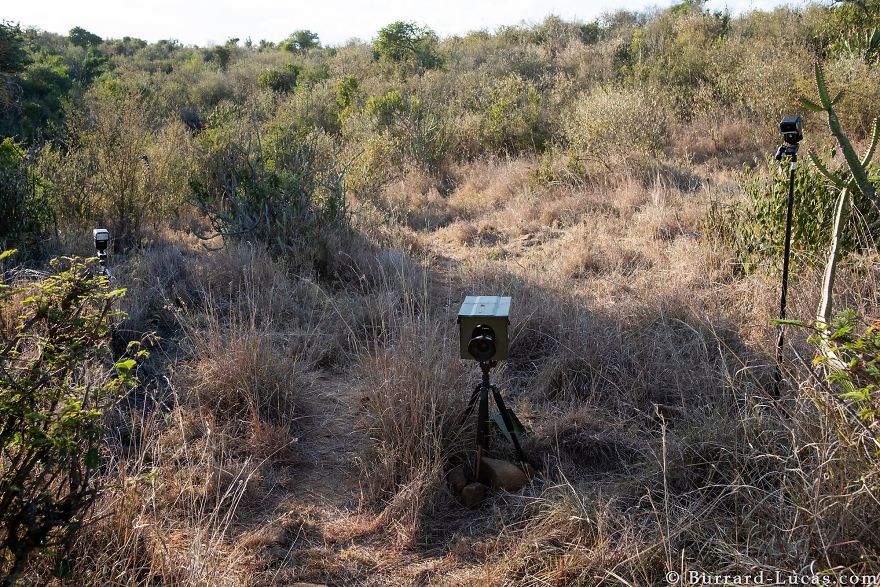
The biggest challenge for the photographer was to decide where he should place his camera traps. Will told media, “After I heard that a Black Leopard has been seen at the Laikipia Wilderness Camp in Kenya, I immediately contacted the owners of the camp; Steve and Annabelle Carey, to find out the truth behind these rumored sightings.”
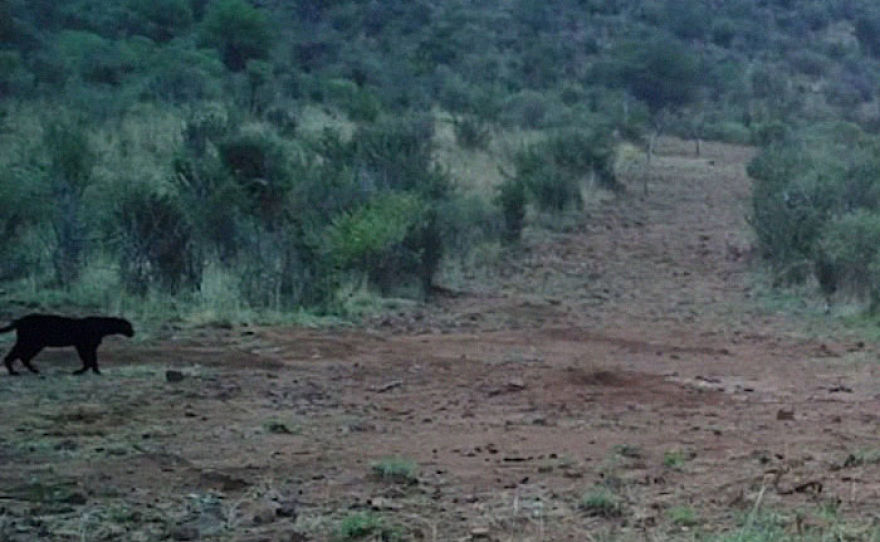
Steve confirmed that it was true as he had seen several black leopards for himself at the camp over the past few years. After I arrived at Laikipia, Steve personally took me to a woman named Luisa Ancilotto. She was the woman who had seen a black leopard quite recently. She was a great help in my project as she told us nearly everything that she knew about the leopard’s natural habits and its territory.”
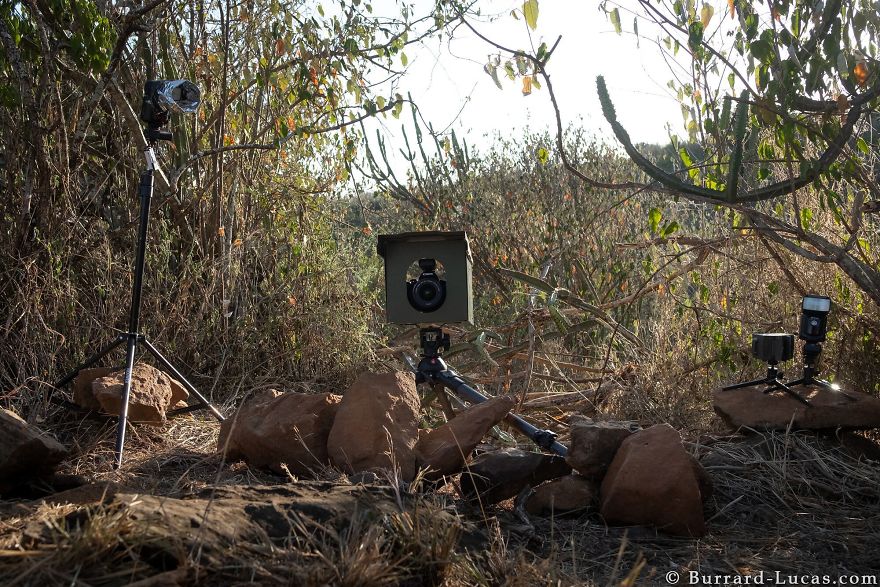
After that, I and Steve were lucky enough to find some fresh Leopard tracks nearby the Luisa Ancilotto’s already described location. We then followed up on the path that the Leopard was supposedly using. I chose this place to set up my camera traps on this trail and this tuned out to be the place where I managed to capture my first photograph of the Black Leopard.”


Related Content
Max; A Cat From New Zealand, Who Likes To Steal Newspapers From Neighbors, Just For Fun